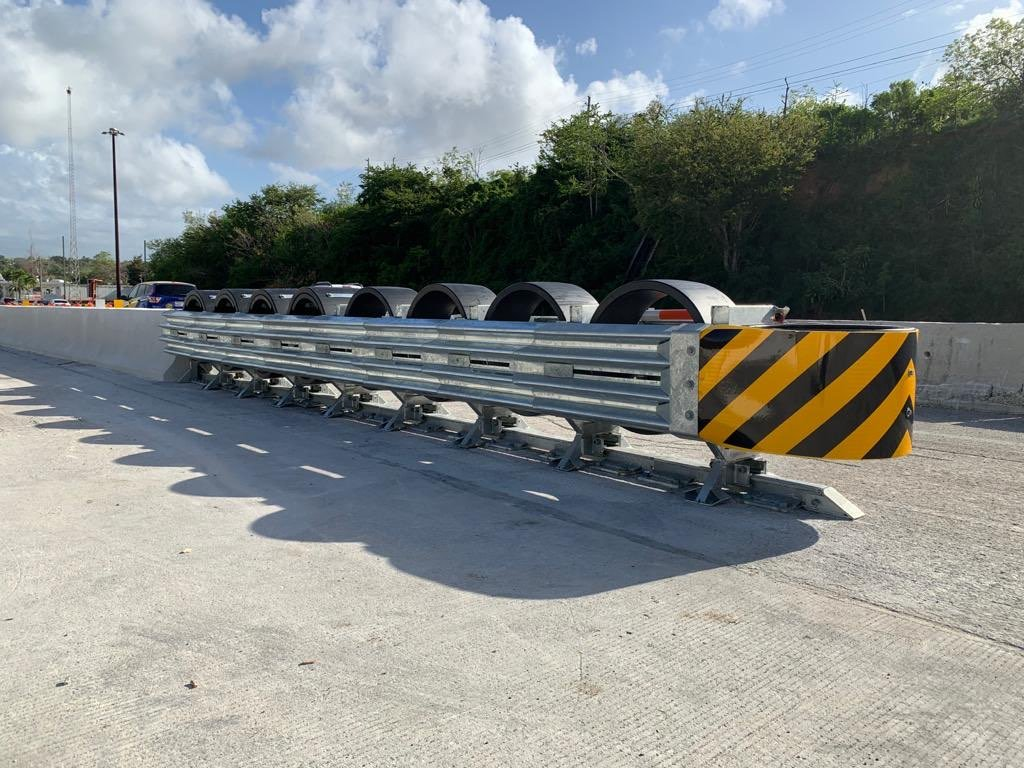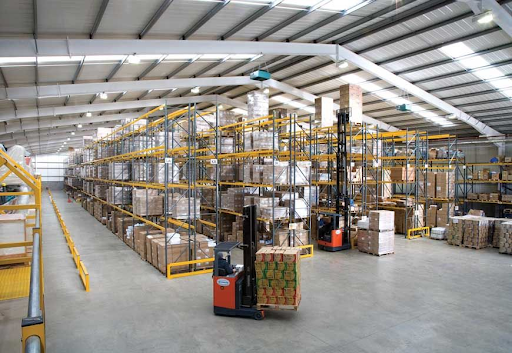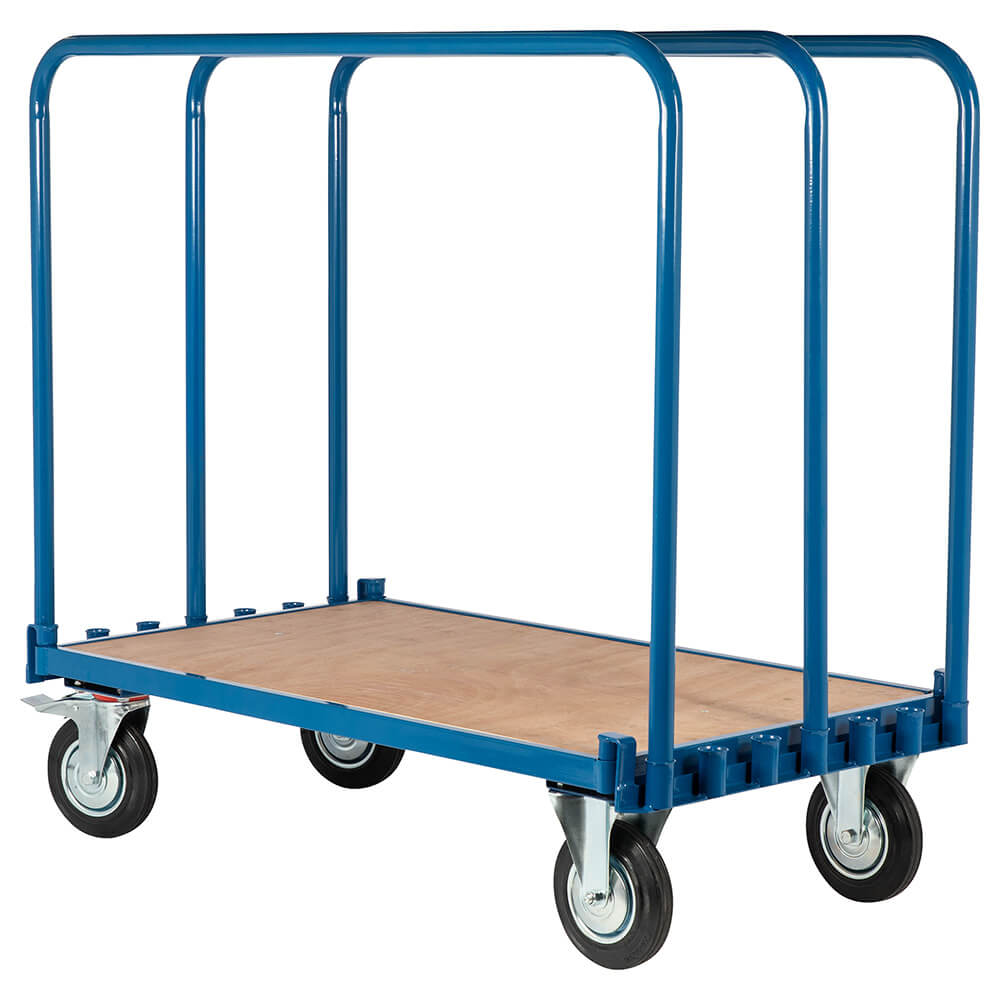Busy roads are a lifeline of any city or town, carrying thousands of vehicles every day. However, high traffic volumes come with a higher risk of accidents. Among the many safety measures implemented to protect drivers, crash cushion attenuators play a crucial role. These safety devices are designed to reduce the severity of collisions, saving lives and preventing serious injuries.
What Are Crash Cushion Attenuators?
Crash cushion attenuators are safety devices placed on roads, usually in front of barriers, medians, or fixed objects such as bridge supports and toll booths. Their primary purpose is to absorb the impact of a collision, reducing the force that reaches the vehicle and its passengers. Unlike traditional barriers, which can cause serious damage during a crash, crash cushions are engineered to soften the impact and redirect the vehicle safely.
How Do Crash Cushion Attenuators Work?
The design of crash cushion attenuators is simple yet effective. They often contain materials like steel, aluminum, or plastic tubes filled with sand or other energy-absorbing substances. When a vehicle hits the attenuator, the device deforms or compresses, absorbing kinetic energy. This energy absorption significantly slows down the vehicle, preventing it from rebounding dangerously into traffic or colliding with fixed objects.
By spreading the impact over a larger area and reducing the sudden stop, crash cushion attenuators minimize injuries to drivers and passengers. They also help protect first responders and road workers by preventing vehicles from entering dangerous work zones.
Benefits of Installing Crash Cushion Attenuators
The primary benefit of crash cushion attenuators is safety. Roads are unpredictable, and even careful drivers can face sudden hazards. By installing these devices, cities and highway authorities can reduce the severity of accidents, saving lives and reducing healthcare costs associated with road injuries.
Crash cushion attenuators also protect vehicles. While no device can prevent all damage, attenuators are designed to reduce repair costs by absorbing energy that would otherwise directly hit a car. This makes them especially valuable in high-speed zones where collisions could be fatal.
Moreover, these devices can help maintain traffic flow. Accidents often cause congestion and delays. By minimizing damage and injuries, crash cushion attenuators reduce the time needed to clear accidents, allowing traffic to resume more quickly and efficiently.
Strategic Placement on Busy Roads
For crash cushion attenuators to be effective, they need to be installed in the right locations. Common placements include the ends of guardrails, before toll booths, at exit ramps, and near permanent roadside structures. Highway planners use traffic data and accident history to identify high-risk areas, ensuring that crash cushion attenuators are deployed where they are most needed.
Proper maintenance is equally important. Damaged or outdated attenuators may not function correctly during a collision. Regular inspections and replacements are essential to maintain their effectiveness and ensure ongoing road safety.
Why Every Road User Should Appreciate Crash Cushion Attenuators
Drivers often overlook road safety devices until they experience an accident. However, crash cushion attenuators benefit everyone on the road. They protect families, prevent costly vehicle damage, and help emergency services respond more effectively. Their presence is a reminder that road safety is a shared responsibility, and investing in these devices demonstrates a commitment to reducing fatalities and injuries.
Conclusion
Busy roads will always pose risks, but the right safety measures can make a significant difference. Crash cushion attenuators are not just an optional addition; they are a vital component of modern road safety. By absorbing impacts, protecting lives, and reducing vehicle damage, these devices make our roads safer for everyone. Governments, city planners, and road safety authorities should continue to prioritize the installation and maintenance of crash cushion attenuators, ensuring that every journey is as safe as possible.




